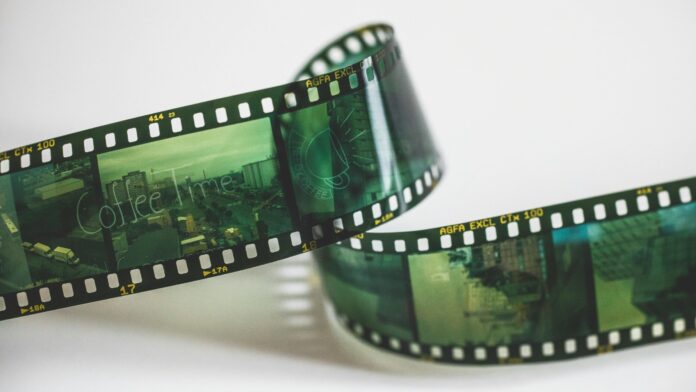How Sri Lankan Film Mirrors the Nation’s Social Struggles
Cinema arrived in Sri Lanka as entertainment, but it evolved into a mirror reflecting the soul of a nation in conflict, transition and search of identity. From its humble beginnings in 1947, when South Indian influence shaped early productions, Sri Lankan cinema has matured into a deeply introspective art form. It has become a space for confronting political tension, civil war, class disparity and cultural memory. More than a century after film was invented, Sri Lanka’s filmmakers continue to use the screen not to distract from reality, but to humanize it.
The turning point came in 1956, when Lester James Peries released Rekava, a Sinhala film shot entirely on location rather than in a studio. It marked the birth of authentic Sri Lankan cinema. Peries rejected melodrama and instead embraced realism, exploring rural life, superstition and moral complexity. His later masterpiece Nidhanaya (1970) is still hailed as one of the greatest Asian films of all time. Through subtle storytelling, Peries defined a cinematic language rooted in Sri Lankan experience rather than imitation of Bollywood formulas.
But film evolved alongside the country’s political landscape. As Sri Lanka descended into ethnic conflict in the 1980s, cinema could no longer remain gentle or symbolic. A new generation of filmmakers emerged, bold, critical and unafraid of controversy. Dharmasena Pathiraja, often called the father of Sri Lanka’s social realist cinema, examined class struggle and urban decay in films like Bambaru Avith. Prasanna Vithanage confronted the emotional cost of war in Purahanda Kaluwara and Ira Madiyama, while Asoka Handagama pushed censorship boundaries with films that explored trauma and social hypocrisy.
The civil war reshaped the purpose of cinema. Directors were no longer simply telling stories, they were documenting survival. Tamil filmmakers, long underrepresented, began to find their voice. Works like Dr. Sivamohan Sumathy’s Ingirunthu and Vimukthi Jayasundara’s The Forsaken Land portrayed the fragmentation of identity and the silent suffering of civilians trapped in political violence. For years, many of these films were banned or censored, seen as threats to national unity. Today, they are recognized as cultural archives that challenge collective amnesia.
Despite war’s dominance in film narratives, Sri Lankan cinema is not defined by violence. It is equally philosophical, poetic and layered with symbolism. Vimukthi Jayasundara, the first Sri Lankan to win the Camera d’Or at Cannes, uses minimalist storytelling to explore existential themes. Buddhika Saranga, Sanjewa Pushpakumara and Lasantha Wijesuriya bring psychological nuance to screen. From the spiritual reflections of Sankara to the haunting memories of Ini Avan, Sri Lankan cinema has proven its emotional and intellectual depth.
But the industry faces serious challenges. Funding is scarce, film schools are limited and distribution is dominated by commercial cinema that favors comedy and romance. Many powerful films never reach Sri Lankan audiences, screened only at international festivals. Piracy, lack of government support and weak cinema infrastructure threaten the survival of serious filmmaking. Yet, hope arrives in unexpected places—independent studios, digital platforms and young storytellers armed with passion rather than budgets.
A renaissance may already be underway. Post-war filmmakers are beginning to explore neglected themes, LGBTQ identities, women’s struggles, migration and generational trauma. Short film festivals are growing, and mobile filmmaking has made cinema more accessible than ever. Sri Lankan stories are returning to the world stage, not with spectacle but with emotional honesty.
Cinema in Sri Lanka has never been just about storytelling. It is a vessel of memory and resistance, a way of asking difficult questions that politics refuses to address. In a country still healing, film remains one of the last brave spaces where truth can be seen, felt and understood.




